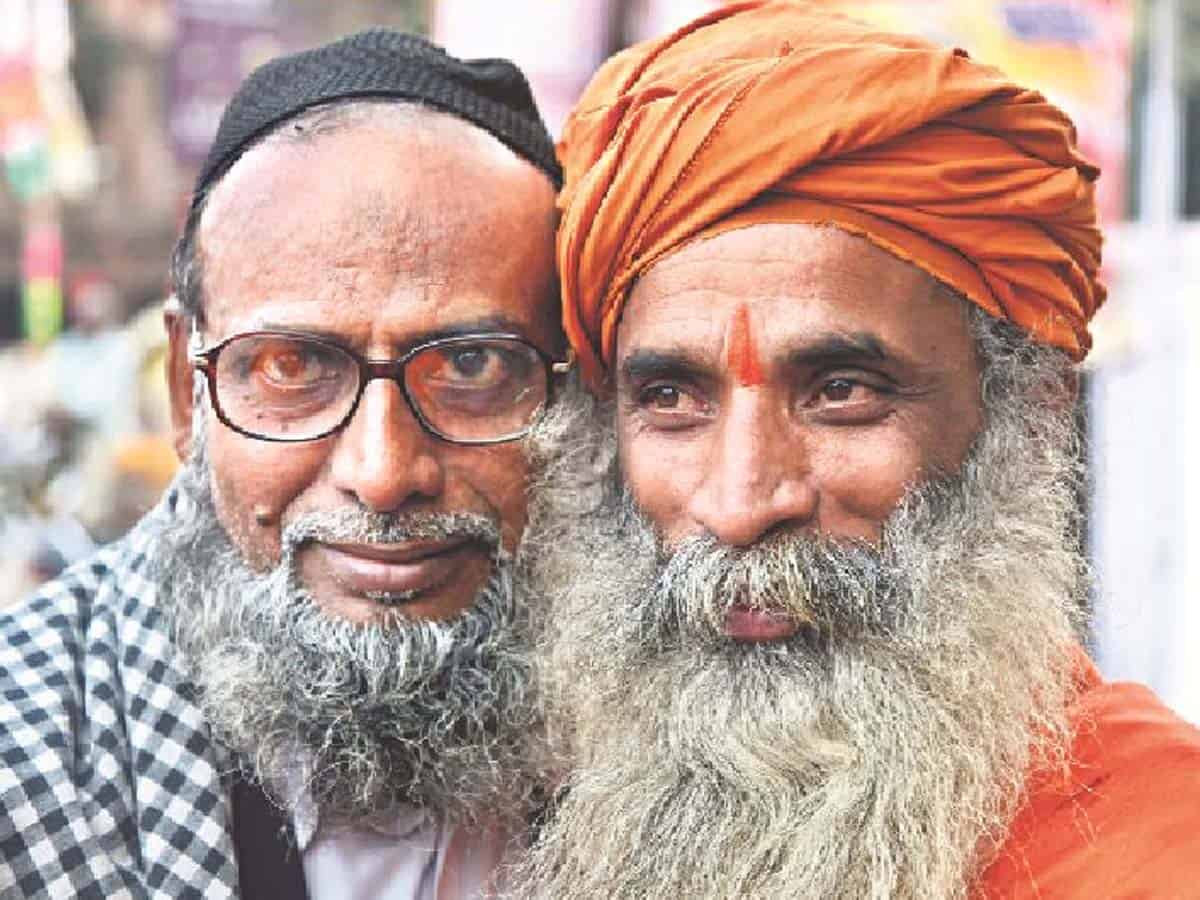
As every history textbook informs us, in 1757 the East India Company won a decisive victory by defeating Siraj-ud-Daulah, the then Nawab of Bengal, in the Battle of Plassey. The company was helped by the treacherous defection of Mir Jaffer, commander of the Nawab’s army.
Following the victory, the British company wielded enormous influence over the new ruler Mir Jafar and gained huge concessions for trade and revenue. This was utilised to push out the other European powers such as the French and the Dutch from the subcontinent.
But over a period of time, greed for money and power became the overriding factor of all the company’s decisions and dealings. The company ceased to be a traditional trading corporation and transformed into a colonial power in the guise of multinational business. British traders spread out across Bengal, took over markets and established a monopoly.
To compound their woes, the people of Bengal later faced natural calamities. The monsoon season of 1768 saw only light rainfall. In 1769 there was no rain at all. Crops withered and the once green paddy fields became hard brown earth. In 1770 came the great Bengal famine. People starved. Cholera broke out. It was as if God had turned his eyes away from the land and its inhabitants.
But the company remained adamant on collecting revenue. It even increased taxes. Platoons of sepoys marched out into the countryside to extract payment from each and every starving farmer’s family. Those who could not pay were hanged on the spot.
Without any strong Indian ruler, the local population was helpless to resist the tyranny of the British forces. It was against this background that a rebellion was born that ultimately shook up the administration of the East India Company. Discontent had been brewing for several years and the harsh rules only served to uncap the volcano that erupted from the parched lands of rural Bengal.
It later came to be called the Sannyasi-Fakir Rebellion and was a rare occasion when Hindu Sannyasis and Muslim Fakirs of Bengal rose up – united in their determination to overthrow the foreign yoke and restore the traditional Indian customs. Modern historians have interpreted the movement in different ways. Some claim that this was the first instance of a revolt against the foreign oppressors while others define it as uncoordinated acts of violence against injustice.
Be what it may, there is no doubt that some leaders of that movement became legendary figures whose stories are still told in in Bengal’s villages. One such person was the fakir named Majnu Shah. He began his revolt long before 1770. In the Battle of Udhwa Nala (1761) and the Battle of Buxar (1764), Majnu gathered a great number of Muslim fakirs and Hindu sannyasis to fight the East India Company.
Mounted on horses and camels, they carried out several successful raids. On Feb 25th, 1771, Majnu led his troops into another battle against the Company’s army led by Lieutenant Feltham. But the foreigners were successful because of their superior weapons. However, they failed to capture Majnu. The experienced fakir-turned-guerilla-leader had an ardent follower who was a zamindar by the name of Moti Singh. He helped Majnu with money and material.
In 1773, Majnu Shah and his team of fakirs joined forces with a group of armed sannyasis. On 23rd December, 1773, they had an encounter with four companies of sepoys of the East India Company’s army. But sadly the company army repulsed them again.
From the report of an officer named Lieutenant Brenan, it is known that Majnu Shah was defeated and wounded in another battle on 8th December, 1786. He is said to have died a few years later. After his death, his nephew Musa Shah and others like Chirag Ali and Sobhan Shah led the fakirs and carried out attacks with muskets and rockets till Musa too was killed in an encounter in 1792.
Another legendary personality from that period was Bhavani Pathak. He was reportedly a well educated man who was also one of the leaders of the Sannyasi-Fakir Rebellion and specialised in carrying out surprise attacks on the properties of zamindars who were in league with the company. Being an educated and well read person, he could outwit the British commanders on many occasions.
But he also realised that he could not beat the enemy in head-on battles since they possessed far superior weapons. So instead he relied on continuous raids to harass the enemy forces, take away their wealth, and provide valuable succour to the oppressed people. With these methods he was highly successful. According to some stories, Pathak had a woman disciple by the name of Chaudhurani Devi who became a great commander too.
Then, at a later stage, came Titu Mir. His full name was Syed Mir Nisar Ali and he was an excellent wrestler and gymnast. For some time he was employed by a local zamindar. When he saw the oppression that was being perpetuated, he had a confrontation with the zamindar and then the overlords– the British. He went on to construct a bamboo fortress inside the jungles from where he operated and resisted the British forces for a long period before being overtaken.
If these people failed to cut through the East India Company’s tentacles, it was not for want of courage. What they lacked was modern weapons. That is what gave the East India Company an advantage. But these frequent confrontations made the British realise that if Hindus and Muslims came together, then they could overwhelm the British administration.
So from there grew the idea of divide and rule. Arbitrarily the British began awarding favours, friendship and privileges to one side or the other to create jealousy and mistrust.
Sadly, even now politicians are trying to divide the two communities in India. The history of India is replete with instances of significant achievements that have been made whenever the two communities have worked together. That is the strength of India. Those who rule India should realise this fact and make use of it to take the country to the top in diverse fields.

